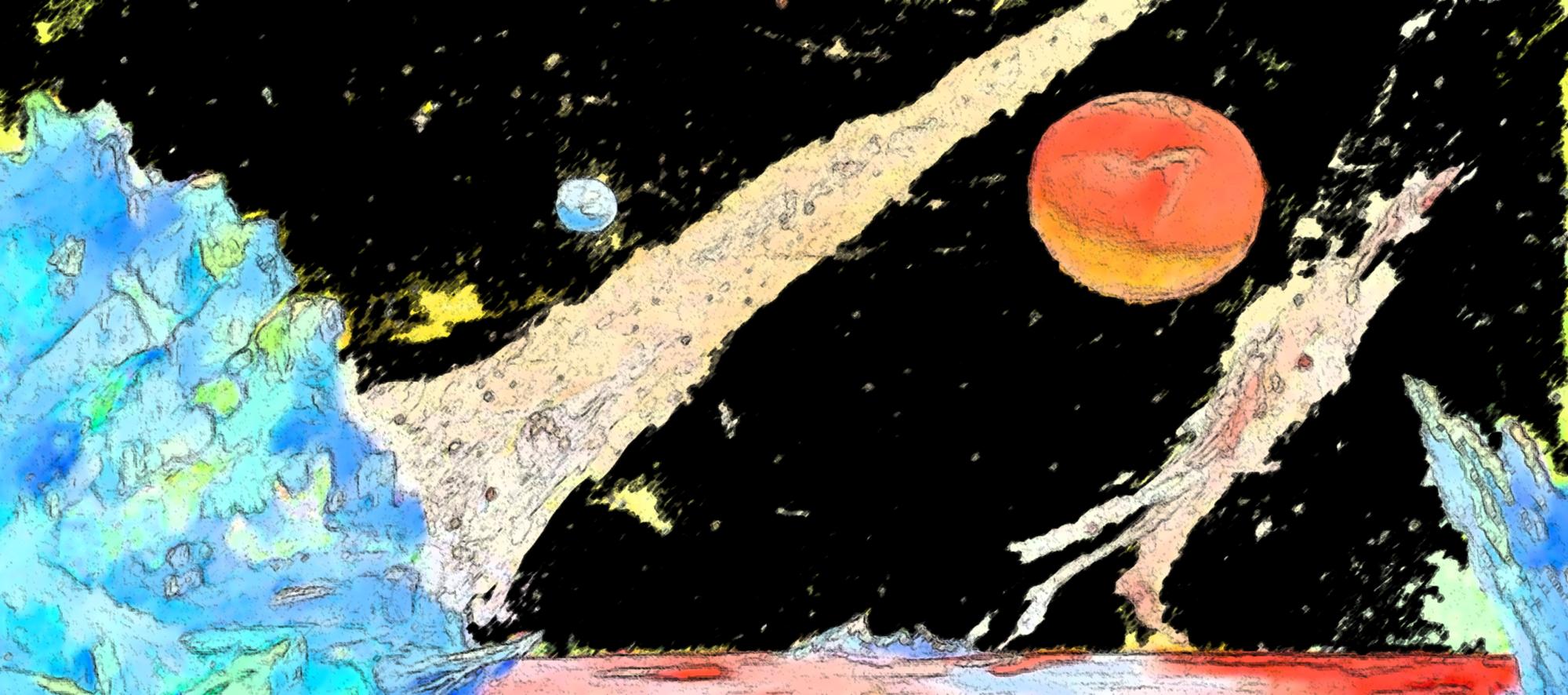Online Journal
Rogue Physics
One simple assumption about the propagation of light in free space, leads to new explanations for the main features of the observable universe. If we assume that light loses energy according to a simple propagation rule as it travels long distances, we find that, although the redshift is real, expansion is an illusion and the cosmos is potentially infinite. The theory explains: 1) redshift as a function of distance, 2) illusory expansion velocity and acceleration, 3) an illusory finite universe of calculable age, 4) virtual cosmic jerk, and 5) the age of the Cosmic Microwave Background. The propoagation rule is also a cosmic scale factor in General Relativity and fits the distribution of Type 1A Supernovas. Finally, perhaps the most important feature is that the theory explains objects that seem too well developed for their apparent age.
Holographic Universe
What is the playback beam?
Outline Proof of the Prime Twin Conjecture
- Erasing the Quantum Eraser paradox
- One page proof of the Prime Twin Conjecture
- Bell's Inequality is irrelevant to polarizers and QM
- Deflating the Big Bang
Cick Here for Music of the Spheres
BREAKING NEWS:
PRIME TWIN CONJECTURE PROVEN!


The orbits of the planets in our Solar System create a set of frequenies that can be mapped to the keyboard of a piano. Each planet becomes a specific note on the piano. The range can cover several octaves and the notes create fascinating harmonies. Click here for one such mapping.